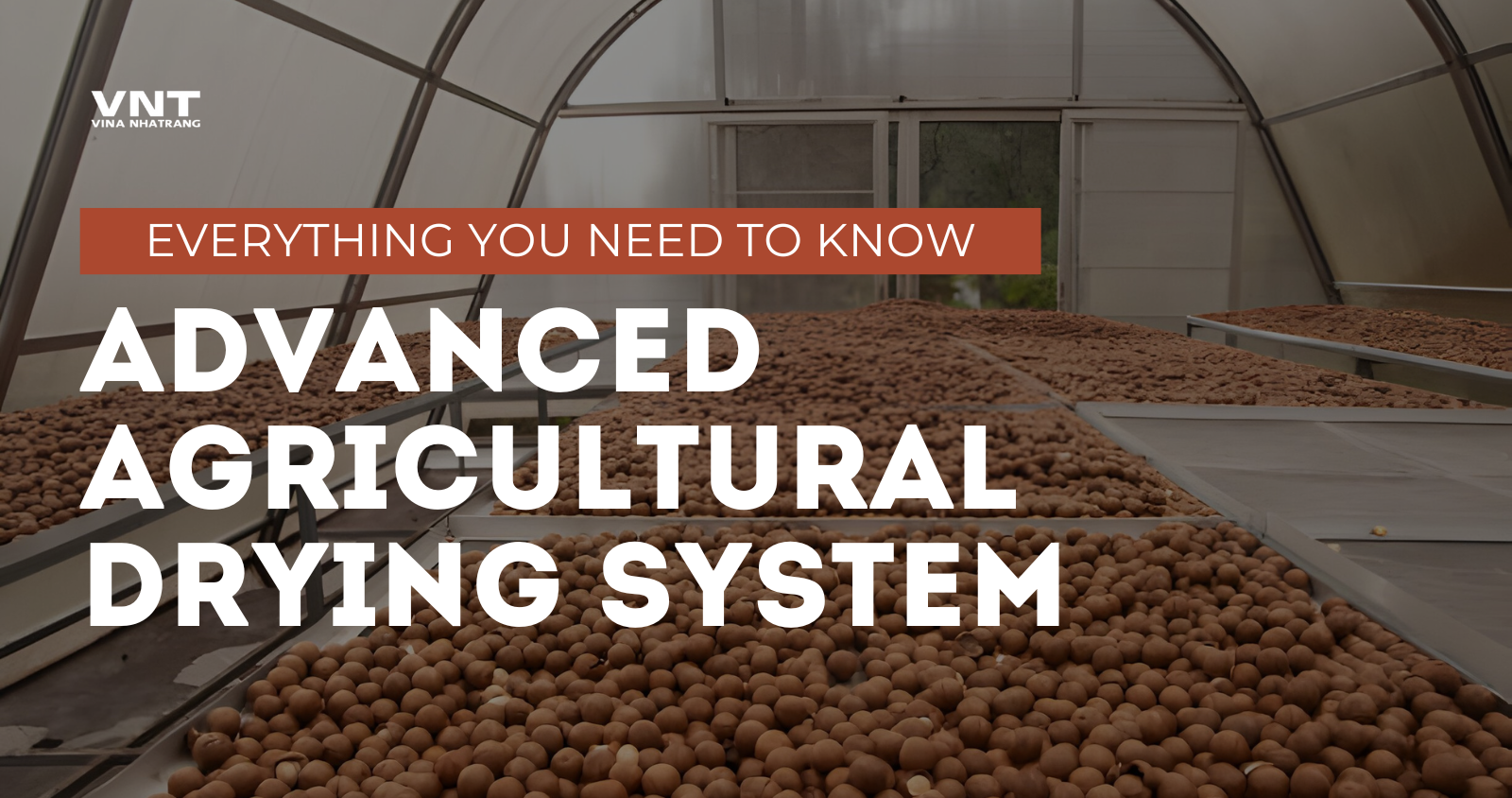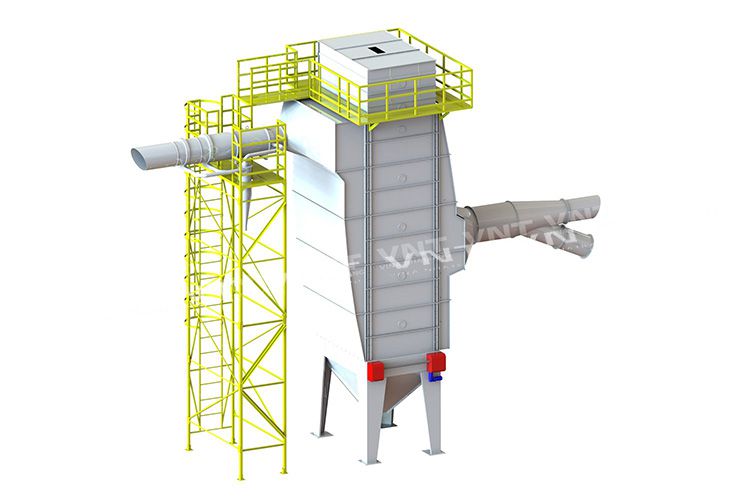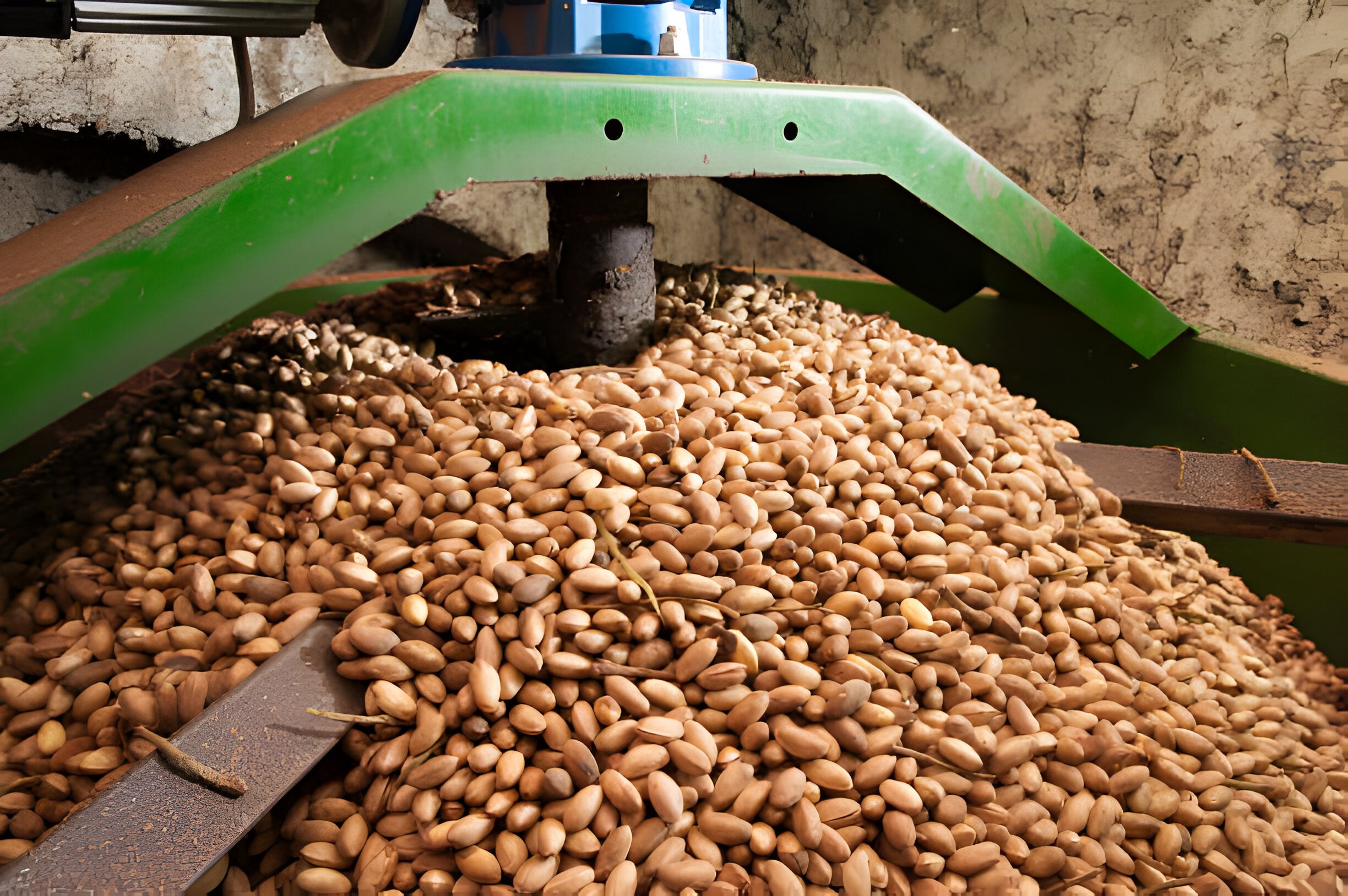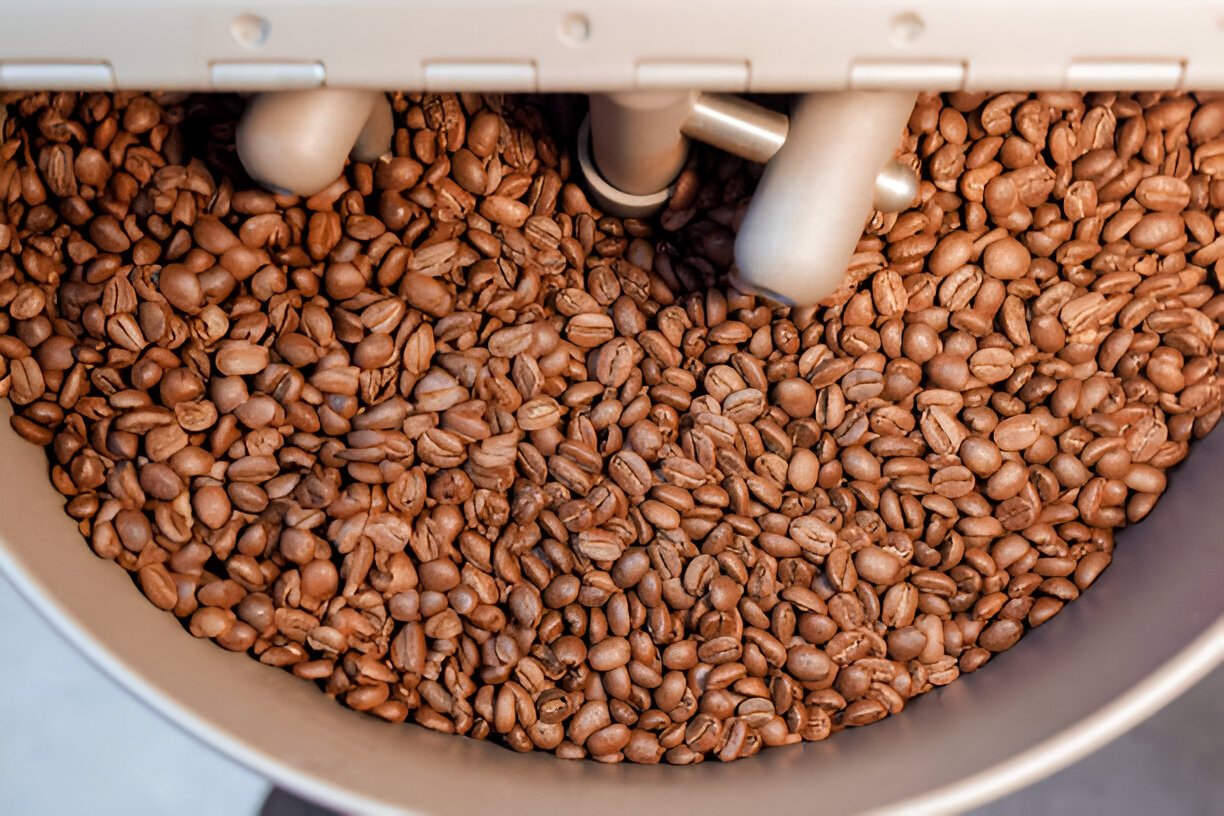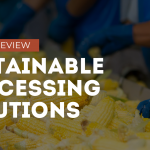Agricultural Drying Systems
Proper Agricultural Drying System is a crucial step in preserving the quality and extending the shelf life of agricultural products. By removing excess moisture, drying prevents spoilage, inhibits the growth of microorganisms, and enhances the market value of crops. Over the years, drying techniques have evolved from traditional sun-drying methods to highly specialized and efficient drying systems designed to meet the unique needs of various agricultural products.
What is an Agricultural Dryer?
An agricultural dryer is a specialized piece of equipment designed to remove moisture from crops like legumes, cereals, coffee beans, and cocoa beans. Drying is essential for proper storage and sale of agricultural products, as it prevents degradation and maintains their quality. These systems are engineered to provide controlled drying environments that ensure optimal moisture levels while preserving the integrity of the crop.
Types of Agricultural Dryers
Agricultural dryers come in various designs and configurations to accommodate different operational requirements and crop types:
- Mobile Dryers: These compact and portable units are ideal for small-scale operations or farmers who need to move their equipment frequently. Mobile dryers offer flexibility and versatility, allowing for easy transportation between different drying locations. Their smaller size makes them suitable for processing smaller batches of crops.
- Tower Dryers: Also known as vertical dryers, these large-scale, stationary units are designed to handle substantial volumes of crops efficiently. Tower dryers are often integrated into storage systems, streamlining the drying and storage processes. They have emerged as a powerful tool for optimizing the drying process of various agricultural products, including parchment coffee beans, grains, and legumes. Tower dryers typically operate on a continuous flow basis, enabling high-throughput processing.
- Drum Dryers: These rotating cylindrical dryers ensure optimal drying conditions for coffee beans, both Arabica and Robusta varieties. The rotating motion of the drum facilitates even heat distribution and airflow, resulting in consistent drying throughout the batch. Drum dryers are well-suited for coffee processing operations, as they help preserve the beans’ flavor, aroma, and quality.
- Vibrating Dryers: Utilizing vibration as their primary drying mechanism, these dryers facilitate even drying and cooling, improving energy efficiency and product quality. Vibrating dryers are effective at ensuring the efficient drying of coffee beans while safeguarding their inherent qualities, such as flavor and aroma. The vibration action prevents the beans from sticking together, promoting uniform moisture removal.
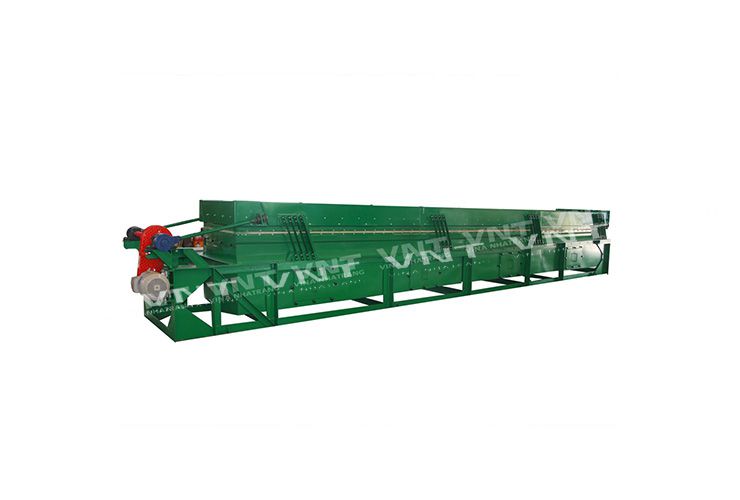
- Cocoa Drying Systems: Designed specifically for cocoa bean drying, these systems enable efficient drying of large volumes in a single batch. Cocoa drying systems prioritize durability and corrosion resistance in a food processing environment, contributing to a longer lifespan for the equipment. They also enhance mobility, allowing for flexible placement within the workspace to optimize workflow. Additionally, these systems offer flexibility in terms of operational costs by allowing the choice of the most cost-effective or available fuel option, such as biomass, natural gas, or electricity.
Components of an Agricultural Dryer
At the heart of an agricultural dryer is the head and drying cylinder. The base cylinder is the main component responsible for drying, while the plenum chamber facilitates air circulation and heat distribution. The loading hopper allows for efficient crop loading, and the unloading head ensures smooth discharge of the dried product. A central auger helps move the crop through the drying process.
Agricultural dryers can employ either direct or indirect flame heating mechanisms. Direct flame heating involves exposing the crop to hot air and combustion gases, while indirect flame heating uses a heat transfer medium like thermal fluid or steam to heat the air.
Operation of an Agricultural Dryer
Most agricultural dryers operate in a four-phase cycle: loading, drying, cooling, and discharge. In the loading phase, the crop is fed into the dryer, typically through the loading hopper. During the drying phase, hot air is circulated through the crop, evaporating excess moisture. The cooling phase follows, where the dried crop is cooled to prevent case hardening or further moisture loss. Finally, the discharge phase involves the removal of the dried product from the dryer.
It’s important to note that the operation can be continuous (as in tower dryers) or discontinuous (as in mobile dryers). In a continuous cycle, the crop moves through the dryer in a steady flow, while in a discontinuous cycle, batches of crops are processed individually.
Advantages of Using an Agricultural Dryer
Utilizing an agricultural dryer offers several significant advantages over traditional drying methods:
- Preservation of Nutritional Elements: Controlled drying prevents the degradation of essential nutrients, vitamins, and minerals, ensuring the final product retains its nutritional value.
- Prevention of Aging, Fermentation, and Toxin Development: Proper drying inhibits the growth of microorganisms responsible for spoilage, fermentation, and the production of harmful toxins, ensuring food safety and extended shelf life.
- Flexibility and Efficiency: Agricultural dryers can handle different crop sizes and types, allowing for efficient processing and management of various agricultural products.
- Economic Benefits: By preserving crop quality and extending shelf life, agricultural dryers enable farmers to increase productivity and potentially earn higher profits.
Specific Benefits of Different Dryer Types
Each type of agricultural dryer offers unique advantages:
- Mobile Dryers: These dryers provide flexibility, versatility, and ease of transportation, making them ideal for smaller operations or farmers who need to move their equipment frequently.
- Tower Dryers: Designed for high-volume processing, tower dryers offer automatic operation, space efficiency, and the ability to handle large quantities of crops efficiently. They have emerged as a powerful tool for optimizing the drying process of various agricultural products, including parchment coffee beans.
- Drum Dryers: Known for their energy efficiency and scalability, drum dryers ensure optimal drying conditions for both Arabica and Robusta coffee beans, making them well-suited for coffee processing operations.
- Vibrating Dryers: By utilizing vibration, these dryers enhance energy efficiency, improve product quality, and offer operational flexibility, making them suitable for various applications, including ensuring the efficient drying of coffee beans while safeguarding their inherent qualities.
- Cocoa Drying Systems: Designed specifically for cocoa bean drying, these systems enable efficient drying of large volumes in a single batch. They focus on durability, corrosion resistance in a food processing environment, contributing to a longer lifespan for the equipment. Cocoa drying systems also enhance mobility for flexible placement within the workspace and offer flexibility in terms of operational costs by allowing the choice of the most cost-effective or available fuel option.
Innovations in Agricultural Drying System
The agricultural drying industry has witnessed significant advancements in recent years, with innovative technologies emerging to improve energy efficiency and product quality further. Some of these innovations include:
- Heat Pump Assisted Drying: By incorporating heat pumps into the drying process, these systems can recover and recycle energy, significantly reducing energy consumption and operational costs.
- Intermittent Drying: This technique involves alternating periods of drying and tempering (holding periods without heating), resulting in improved product quality, reduced energy consumption, and shorter drying times.
- Vibrating Drying: As mentioned earlier, vibrating dryers use vibration to enhance drying efficiency and product quality, making them a popular choice across various industries.
Contact our experts today to explore how our cutting-edge Agricultural Drying System solutions can benefit your business.
Conclusion
Agricultural Drying Systems play a pivotal role in modern farming practices, ensuring the preservation of crops and enhancing their quality and market value. From mobile dryers to tower dryers, drum dryers, vibrating dryers, and specialized cocoa drying systems, farmers have access to a range of solutions tailored to their specific needs.
As the demand for high-quality agricultural products continues to rise, embracing advanced drying technologies becomes increasingly important. By exploring the right type of dryer for their operation, farmers can optimize crop preservation, reduce spoilage, and ultimately maximize profitability.
With innovations like heat pump assisted drying, intermittent drying, and vibrating drying systems, the agricultural drying industry is well-positioned to meet the evolving challenges of modern agriculture, ensuring a sustainable and profitable future for farmers worldwide.
